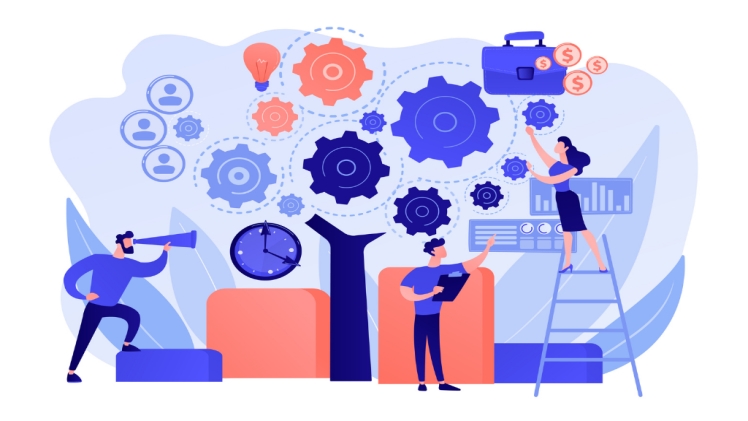Enterprise application modernization is nothing but the process of transforming legacy IT systems and processes into highly efficient, cloud-based, and easily customizable applications running on the cloud. What exactly is enterprise application modernization? Simply put, it is a software transformation process which yields better results in terms of overall performance and ultimately in reducing cost. Furthermore, IT modernization is the key towards maximizing productivity, efficiency, and societal value so that you achieve your corporate goals faster. In short, Mendix vs outsystems vs wavemaker vs powerapps alternatives about investing in smarter systems that help boost performance through the data centers.
Structure and design
The process of enterprise application modernization starts from basic structure and design of the company’s IT system, followed by the implementation and testing of the new architecture. Once implemented, the new architecture serves as a supporting platform for the implementation of the application. The main aim of this entire process is to remove the legacy applications from your server and replace them with cloud-based solutions deployed using the latest web server models.
So, what does enterprise application modernization involve? During the redesign process, every aspect of your data warehousing requirements would be taken into consideration. All necessary changes and enhancements are then carried out to support your current requirements and in turn, minimize future maintenance and costs. One of the main components of this process is establishing a data warehouse (which can be broadly defined as a map of objects in a data warehouse). Based on the information stored in the data warehouse, various business applications can be initiated.
visit here to know more information : ifvod
Before implementing the application, IT professionals identify the existing problems in the current application and review the corresponding software requirements. For every application, there are at least two or three technologies that can be implemented. These technologies may consist of application servers, middleware, database integration services, and application programming interfaces (APIs). The technologies could also include other components like web services, business processes, and business logic. When combined, these components create an enterprise architecture.
Visit Here: easysolution24
As part of enterprise application modernization, the changes take place in three phases. The first phase addresses addressing the business value of the legacy systems. This requires evaluation of the overall business value of the different systems and their interactions. Business value assessment determines the direct impact of updating old software and their replacement with the new ones. It further includes assessing the efficiency of the IT system in generating the open-source rapid application development platform in business value of legacy systems through its contribution to the overall system.
Visit The Site: magazineview
Secondly
The second phase of enterprise application modernization best top code application development platform focuses on addressing the concerns of end users. The concerns here relate to the enhancement of usability by removing the hassles of updating old applications and also enhancing accessibility. This process involves the design of enterprise portals for easy access to business information and resources. The enterprise portals would make it easier for end users to access application information and resources, especially those resources that are not currently in use. Enterprise portals need to be designed and developed in such a way that they are able to quickly and efficiently find the information that the end users are looking for.
Lastly
The third phase of the modernization process involves the process of modernizing the legacy systems. This is often referred to as the transformation process. During the modernization process, business data and applications are upgraded to current technology. Business information may be outdated data is converted to more current forms. To handle existing business data, software must be developed that is flexible enough to accommodate changes in information and technology.
The modernizations in enterprise application modernization involve different techniques. One of the most common modernization techniques involves component development. Component development involves the use of XML (Extensible Markup Language) to transform documents. Other common techniques include change management and data integration. The use of these techniques enables businesses to successfully utilize their IT systems without the risk of system downtime.
Read More About: artdailymagazine

